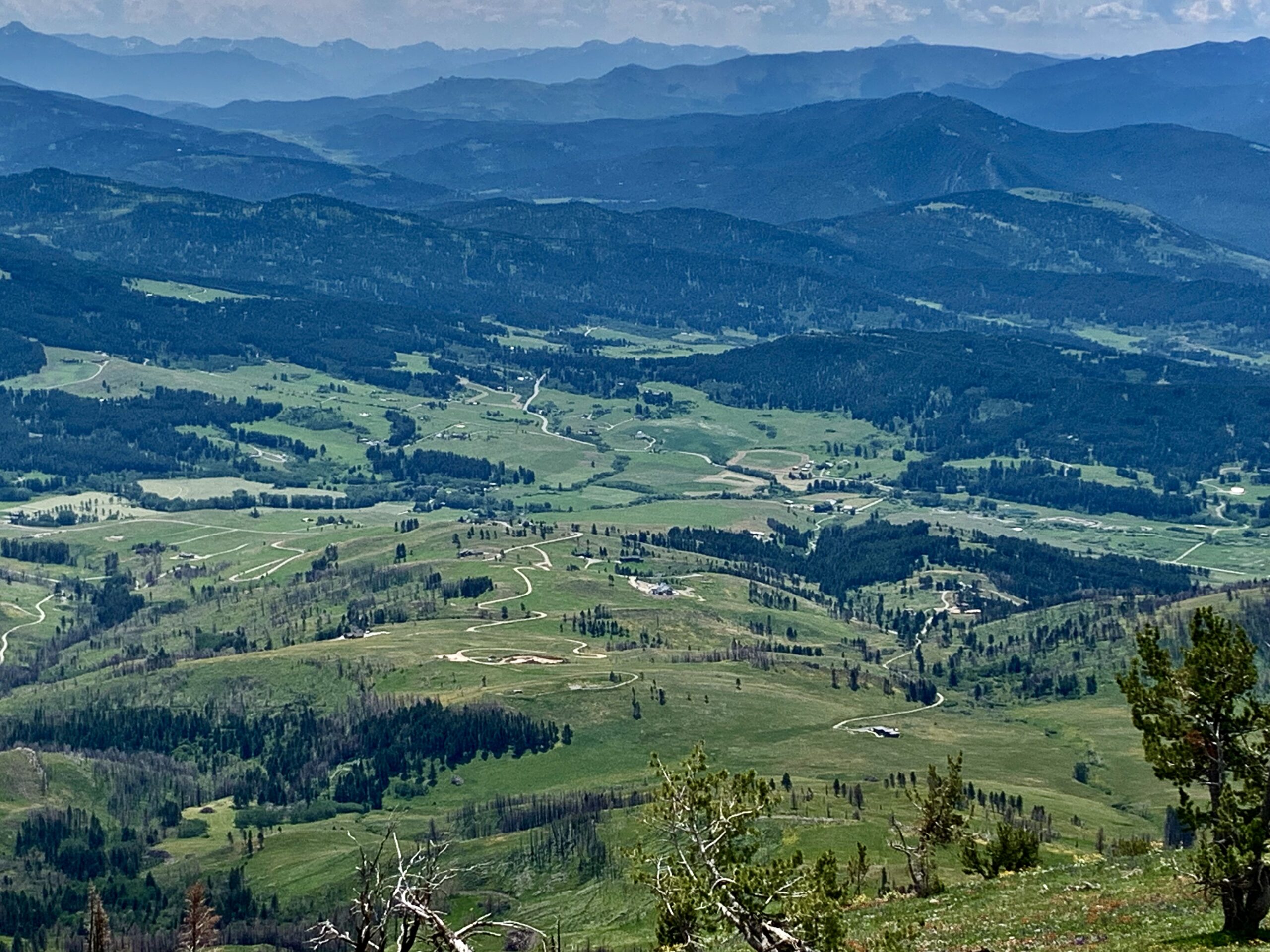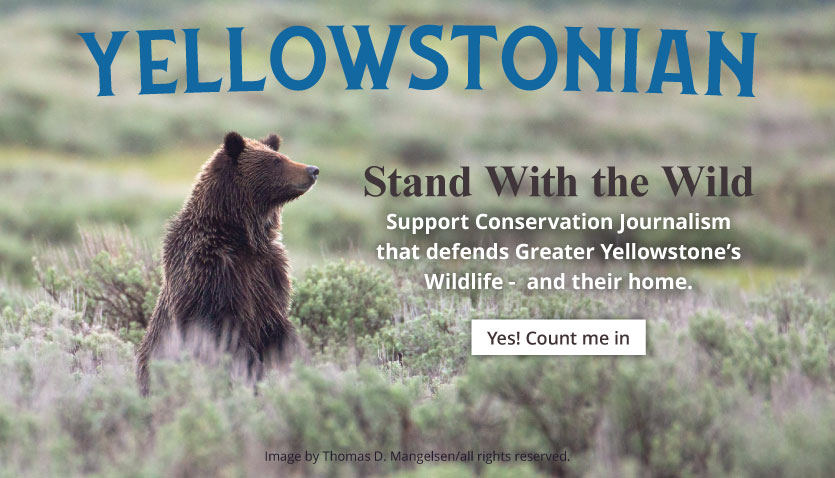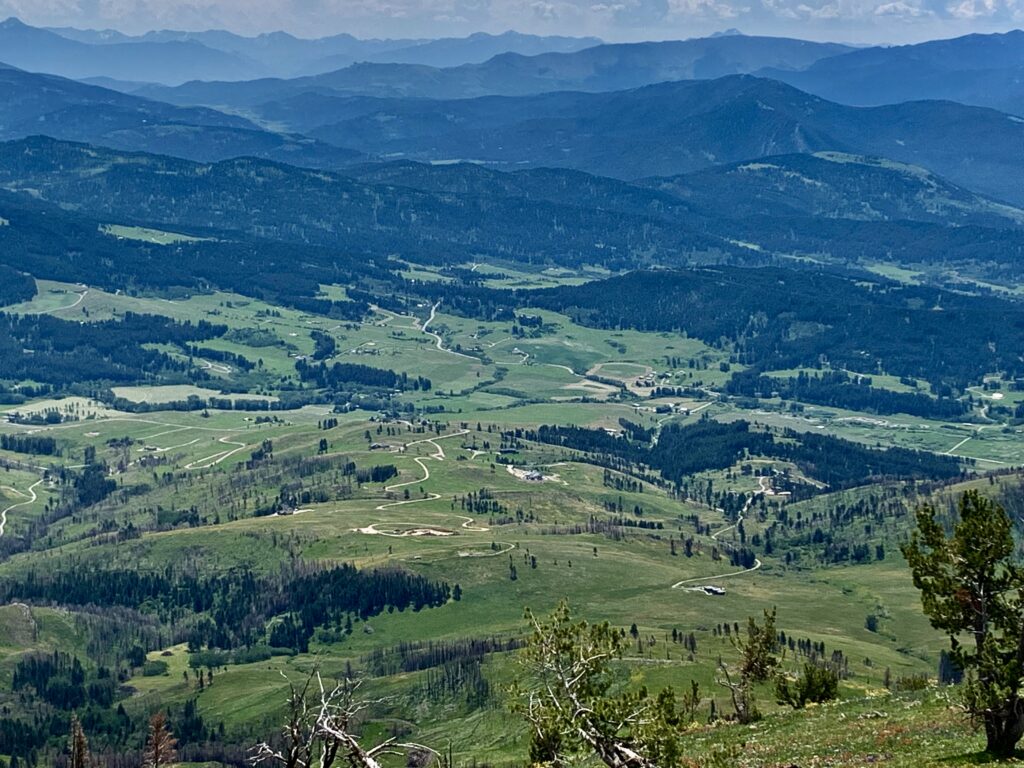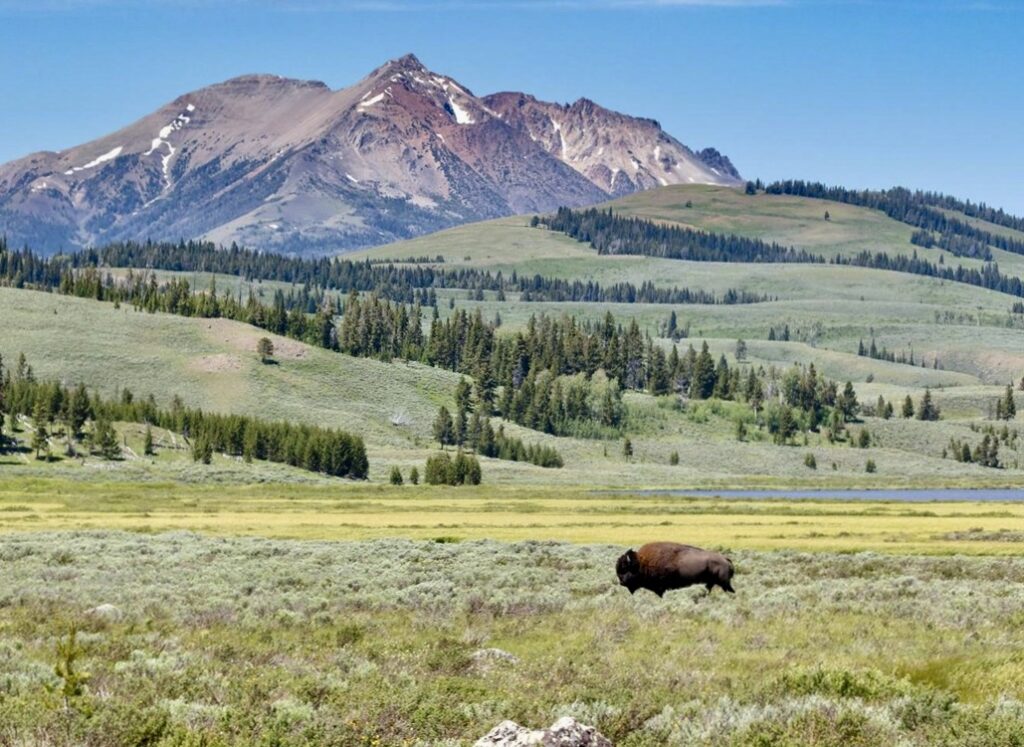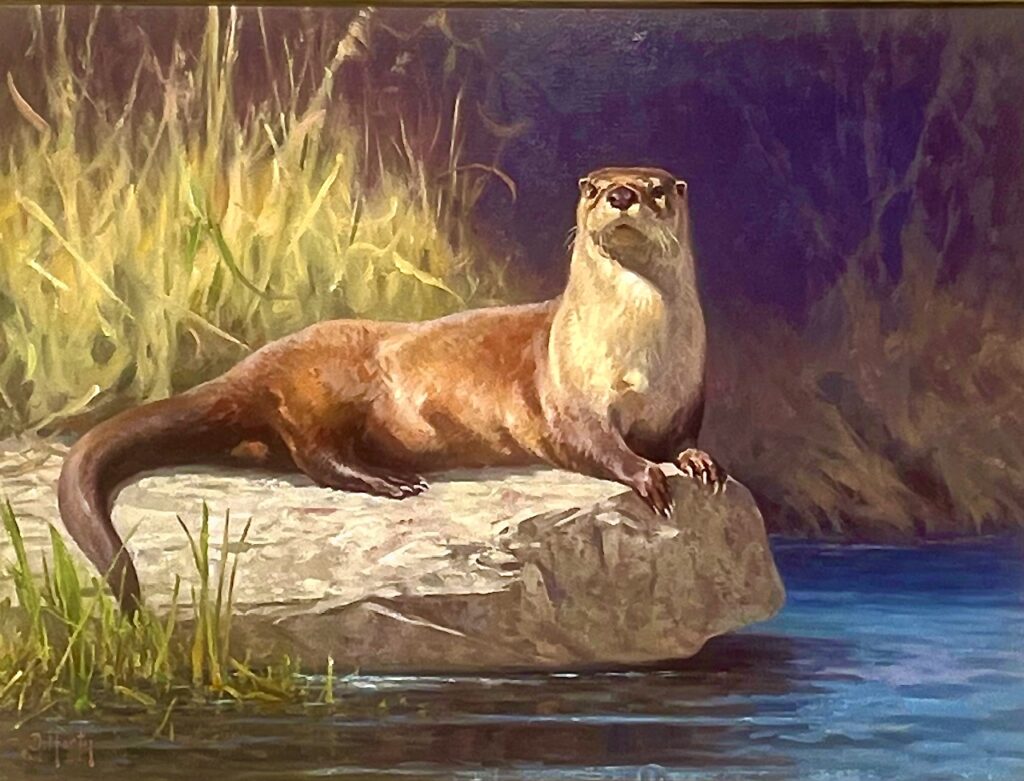EDITOR’S NOTE: The Greater Yellowstone Ecosystem has historically, and in recent years, attracted a growing population of people who have moved here or who built vacation homes and who possess enormous financial means. Many are drawn to the allure of being near wildness and yet it appears only a small percentage of the affluent support wildlife and landscape protection efforts. We continue to wonder why this is? While being willing to live a life of opulence, based on materialism, why are they so reluctant to help conserve a region that gives them so much? Not long ago, Melissa Blessing, a resident of the Gallatin Valley, was engaged by Yellowstonian to write about her own experience in searching to have a tangible connection to this remarkable nature of place. If you have thoughts to share, please drop us a note.
by Melissa Blessing
Thirty-five years ago I left the first half of my life behind, looking to find a place to belong to. I’d grown up lonely and wild in a burgeoning San Francisco Bay area, where the wild was already mostly banished. Raised on the Civil Rights Movement, during the Vietnam war, the threat of nuclear annihilation, and a total lack of equal rights for women confining my only options to what I could do in a dress, I longed for an unscripted place in which to discover my actual limits.
I landed in Belgrade, Montana on January 4, 1990, having signed on to help new friends reclaim and refurbish a 200-year-old farmstead, up against the Bridger Mountains north of Bozeman. I got my hands on every part of that place: remodeling and upgrading the old house, removing decades of hay chaff from a cavernous barn, replacing acres of fencing, starting a vegetable garden, up in the middle of the night to birth lambs. I had blown my life open, and never looked back.
I could do what I did because of a rare life circumstance back then. I was born to generations old industrial revolution wealth via the architectural firm of Burnham and Root, and the American Optical Company. As a 3rd generation inheritor I was given a monthly sum to live on, the day I graduated from college. I was free as a bird, as the myth of wealth promises. In fact, inherited wealth meant living chained to the oldest, universally enjoyed bigotry there is: “Rich Girl.” Or “Trust Fund Baby.” Or “I wish I had your problems.”
I had my value to prove, to me if to no one else.
I’d been convinced, by a journalist, a professor and dad, that as an inheritor I did not deserve to take a job somebody else actually needed. So once I knew what I could do I never took another paid job again.
Thirty-five years lived in one place, on land 24/7, used to be a life well lived, embedded in a community supporting itself. Over the last two centuries though, that life is now thought of as a failure to aspire and succeed. Such has not been my experience.
With husbands, neighbors and friends away at work, I learned by doing, failing, and beginning again, never the same way, always discovering new options. The list of my capabilities to date certainly outstrips anyone who does not live on land, because adaptation isn’t an end—it’s a life. Earth itself has been my teacher, mentor, family and faith. Trial and error is a slow way to learn, but it is also multidimensionally supportive of health, contentment and belonging.
You might not admire my work if you visited. Land has no use for tidiness and my place has less and less as I unlearn modern human habits. Earth and the wild both love shapes and roughage, with which to capture and hold what nurtures continuance coming in on the wind.
What humans make of Earth in support of capitalism—flat, walled, fenced, killingly mulched in sod, chemicals, choosing what grows and doesn’t—landscapes just surviving as islands watered by draining aquifers—doesn’t support wild life. Here in the high, dry, fragile and arid mountains and plains of Montana, especially the Greater Yellowstone Ecosystem, Covid brought proof moving in. Well meaning people have come from wholly “civilized” environments, only to wreak unknowing havoc here.
What humans make of Earth in support of capitalism—flat, walled, fenced, killingly mulched in sod, chemicals, choosing what grows and doesn’t——once natural landscapes just surviving as islands watered by draining aquifers—doesn’t support wild life. Well meaning people have come from wholly “civilized” environments, only to wreak unknowing havoc here.
My human neighbors and I spent years building consensus on zoning plans, meant to preserve our rural lifestyle: quiet, private, families at home, living well on land. Against gargantuan pressure from the allure of Bozeman, and development driven by capitalism, zoning worked well for a decade. Then the newly wealthy, as I had done, found Montana.
Newcomers don’t know a new place and it nowhere occurs that they need to. Buying up acres of old farms, the oldest water rights with them, they shift necessary sustaining balances. Old homes are torn down to build estates, fenced and mono-cropped, shutting the wild out with unnatural choices. These badly disrupt the migration and feeding patterns of the wild, funneling them to strip unfenced and diverse places like mine, looking for vanishing food sources. Newcomers with their amenity ponds, don’t recognize the choice as exploding evaporation of a shrinking resource as climate, changed, drives heat out of the norm and snowpack out of its sustaining patterns. It’s not their fault. Who would educate them? It has taken me decades to learn, untaught, how life still and always works here.
My summer windshield has, every year, been obscured by bug splat because of the insect lives I killed driving to town. For several summers now, I haven’t had to wash my windshield once. My neighbors bee colonies keep collapsing, my vegetable garden producing less without its local pollinators. Soil health has gone up with the manure of displaced wild lives living here, but the roughly 200 species of plants I’ve reintroduced are being eaten down to stubs. I can’t begrudge the damage. The wild has nowhere else to eat. Now the creek that has run every summer, barely rises above ground for more than a week or two. These are the desperately bad signs I know now by heart.
It is time to remember that we live on a rare Earth, to change our ways, reflecting forgotten truths, and to reclaim continuance from the bad end coming at us. Earth is a high functioning ecosystem. As with any ecosystem, requirements of all lives are just three. If you are born to Earth then you belong. Period. No exceptions. So belong to one place, or migrate twice a year on your own power. Second: Be all you were born to be. Who did you want to be as a kid? There is your beginning. Third and last: Contribute. If you sing, sing. If you stomp, stomp. That’s it. Find your simplicity, belong, be, and contribute.
Life is what You make of it. Sustainability, always, is our only future. Together, we need to get after it.

